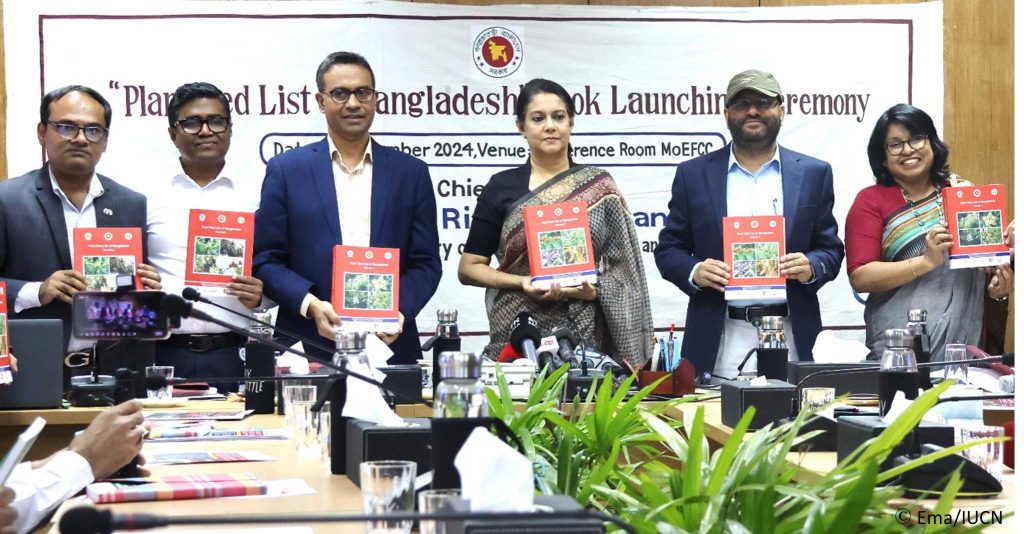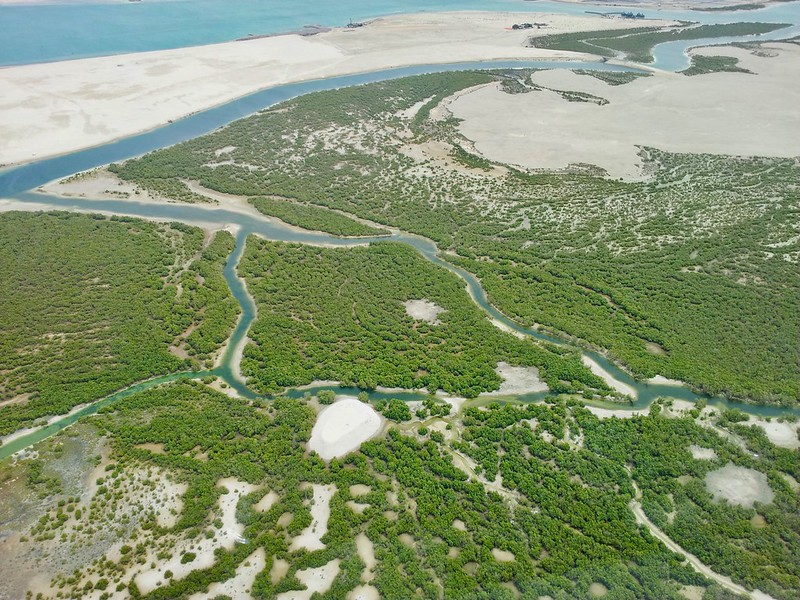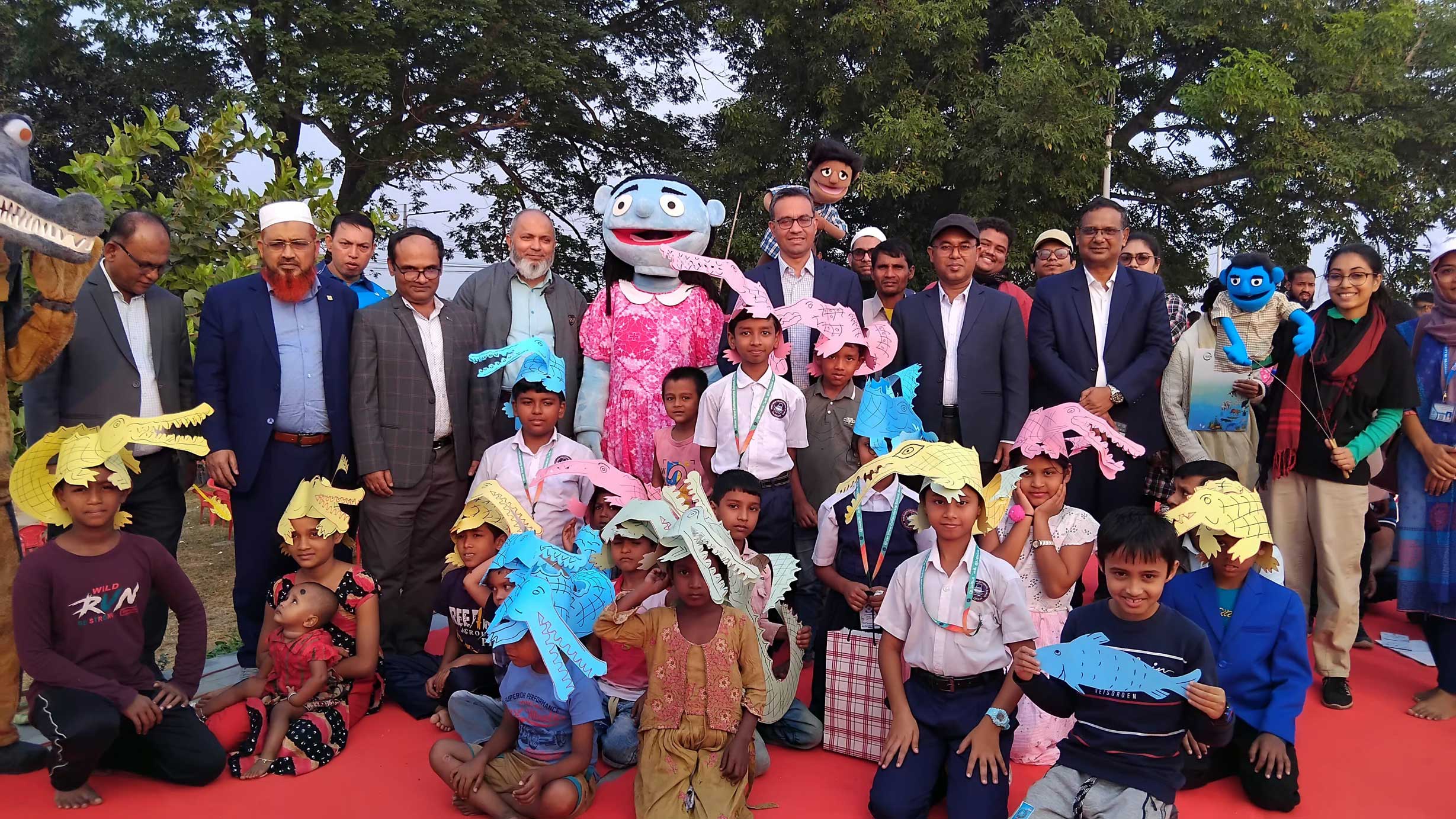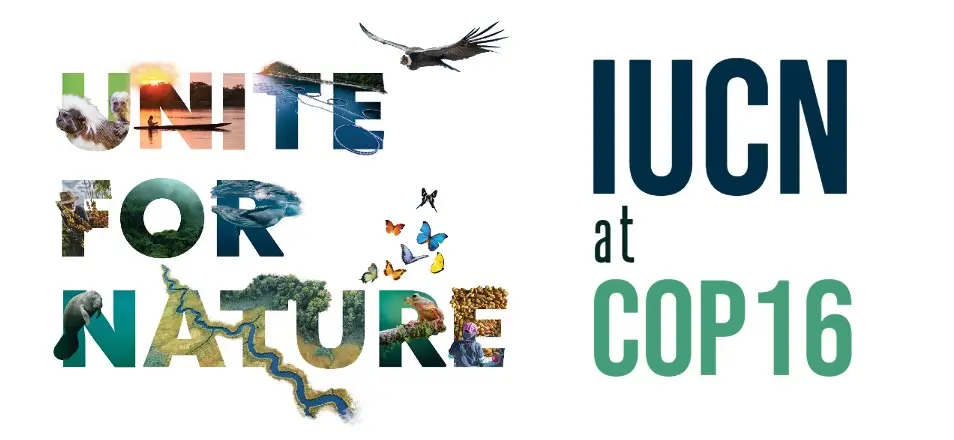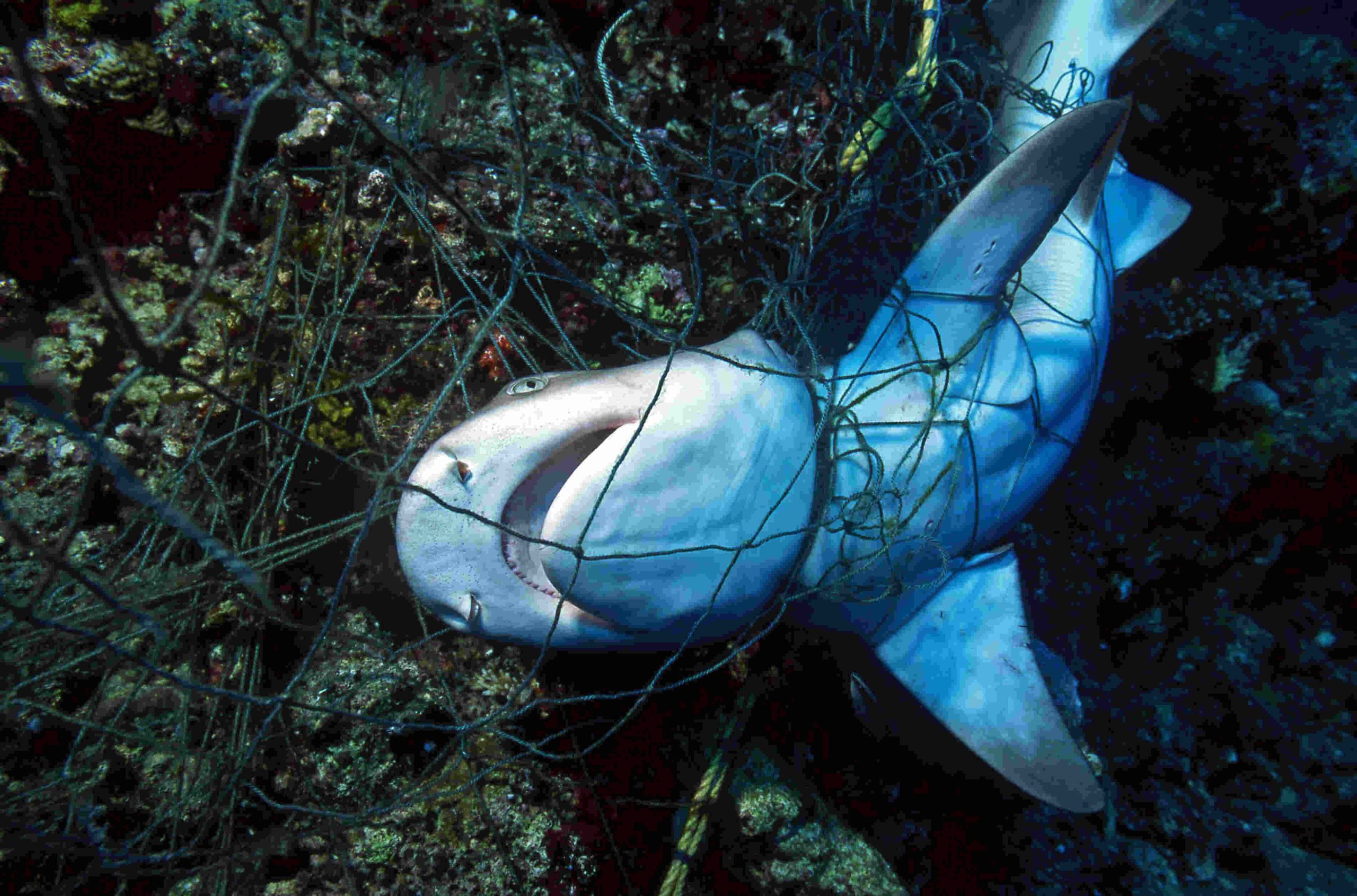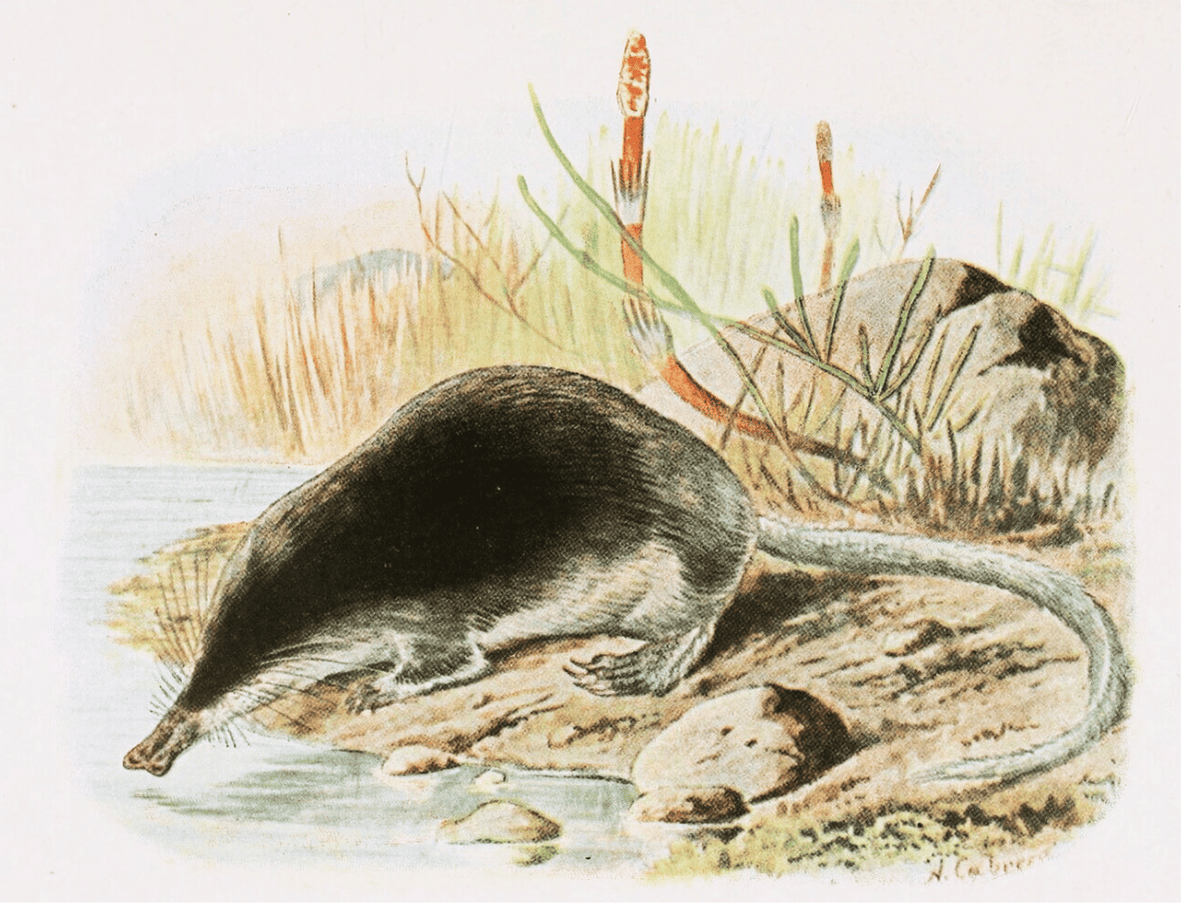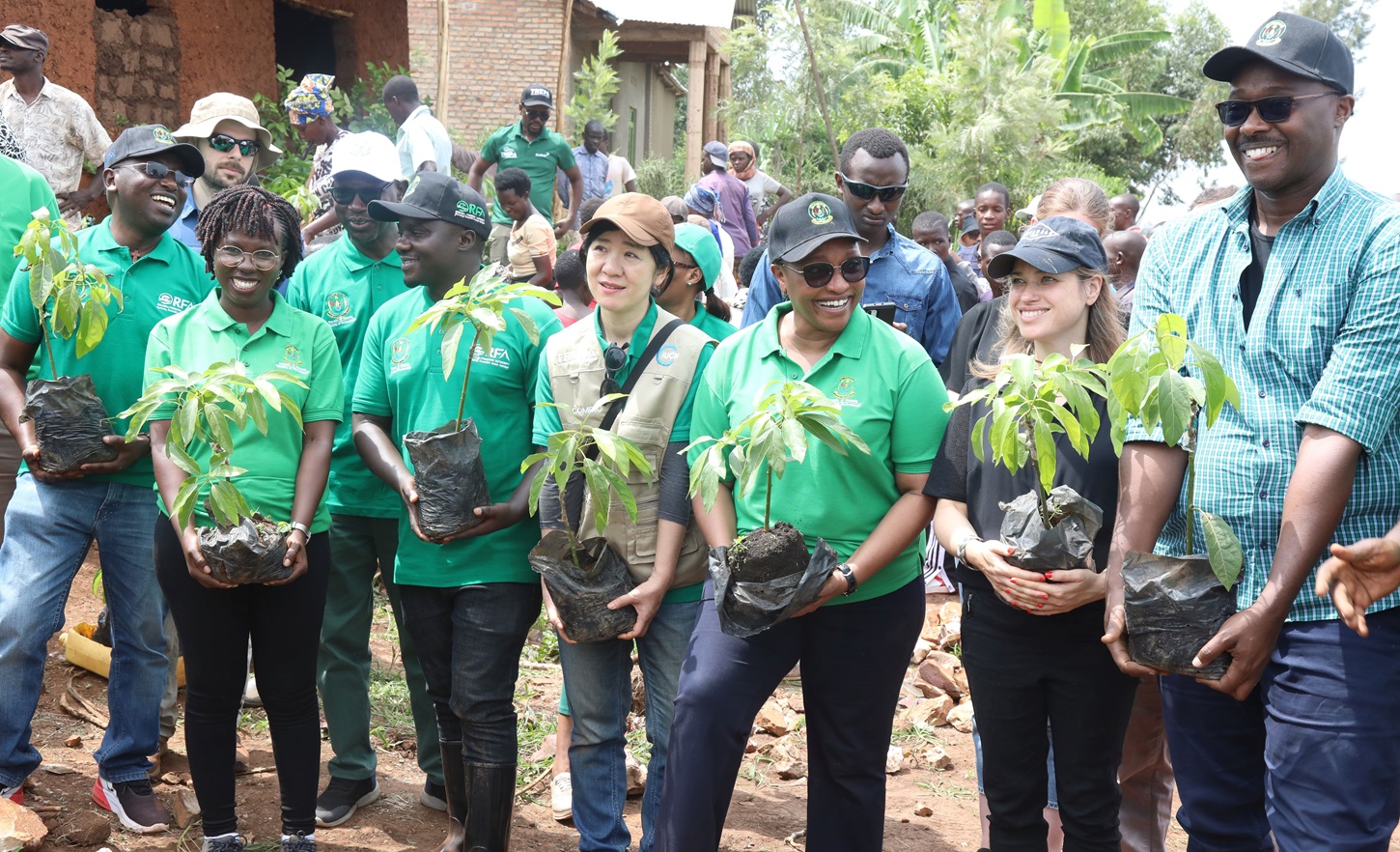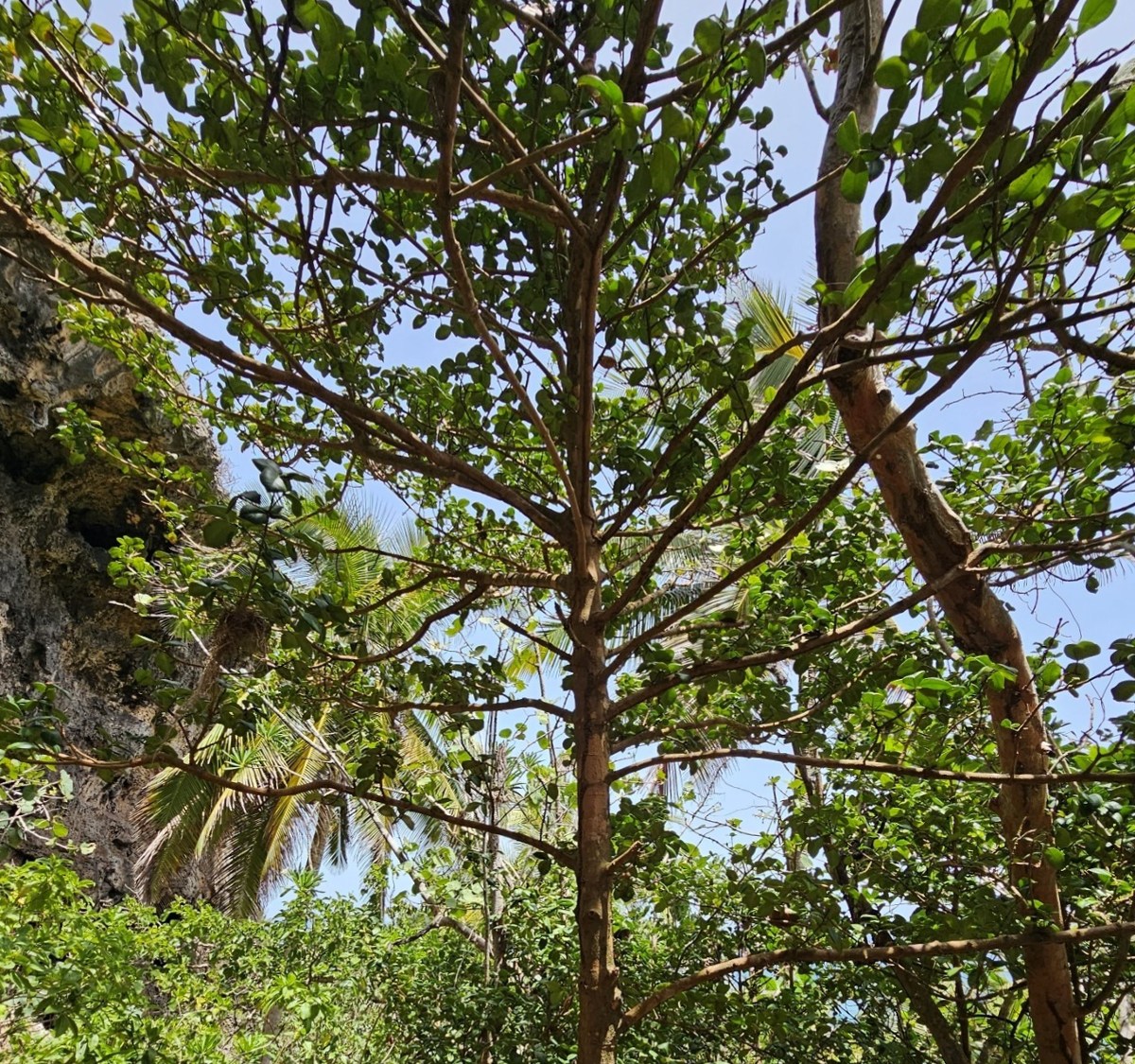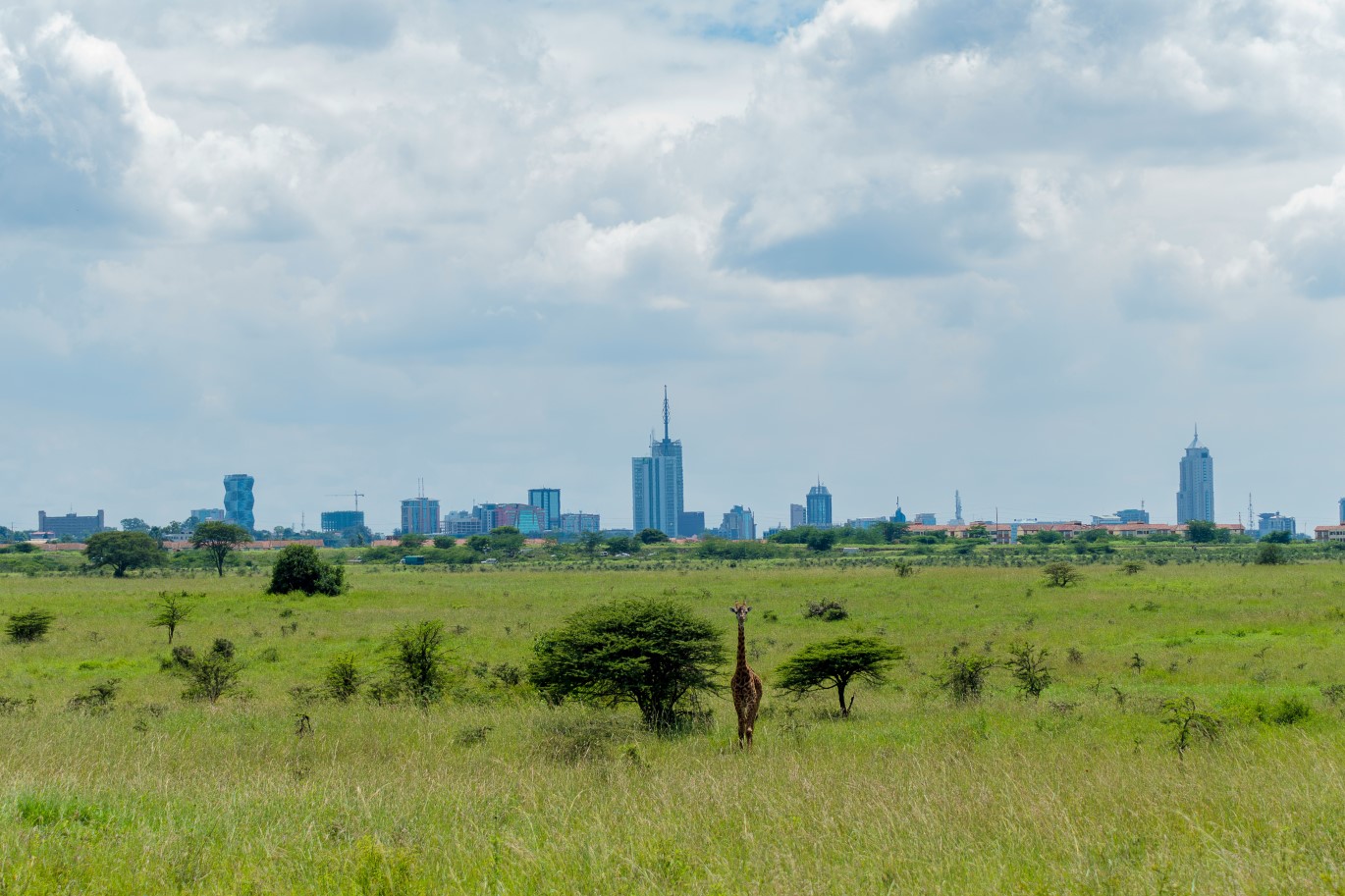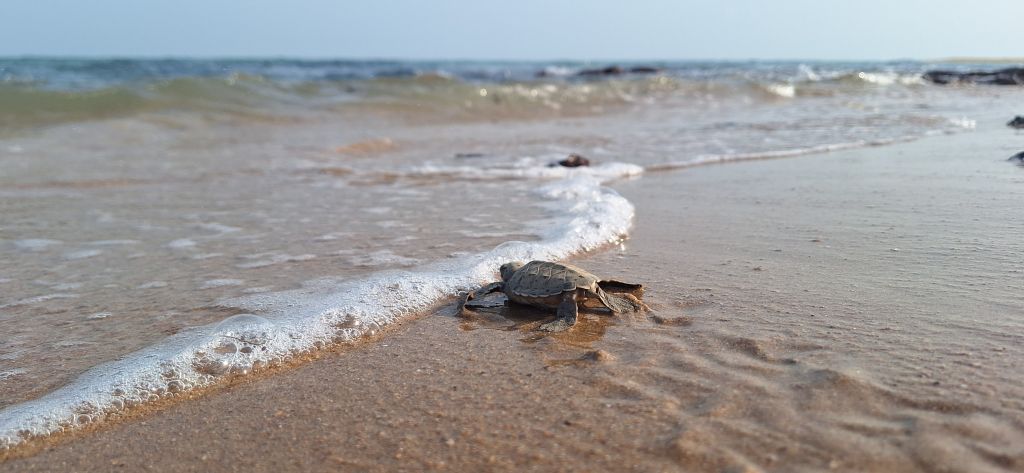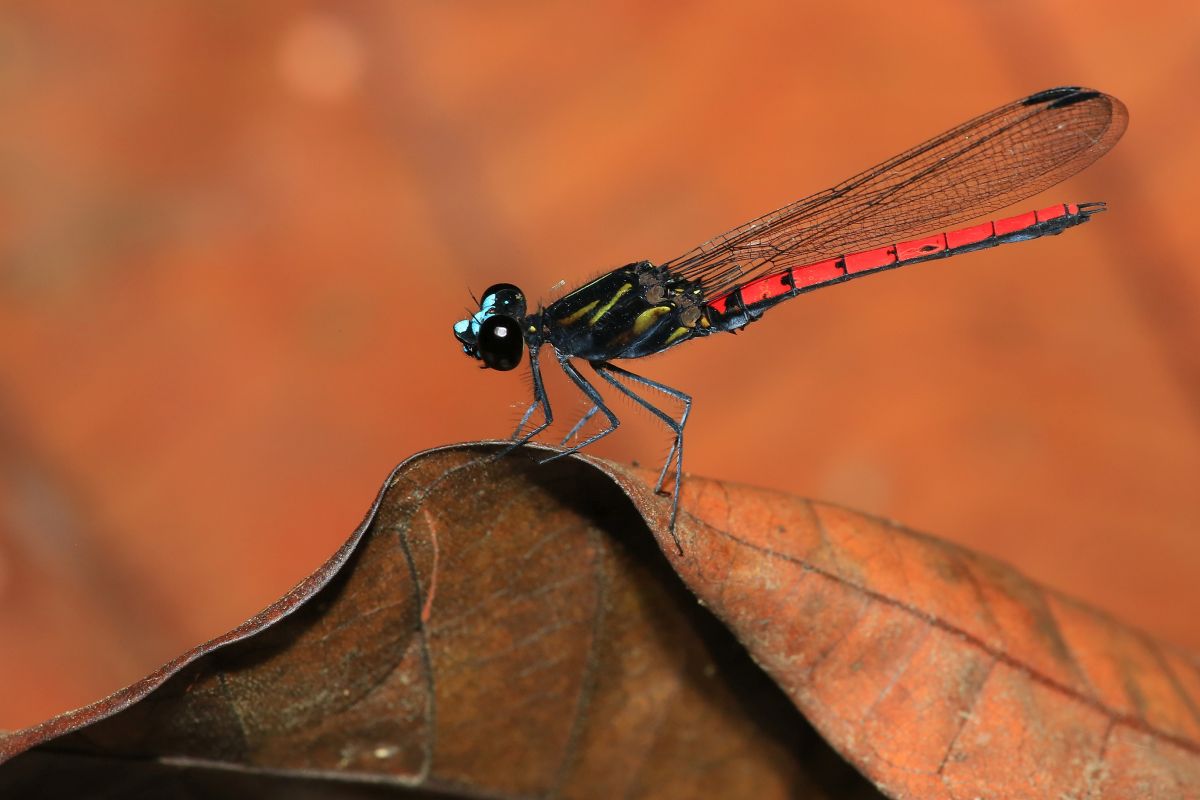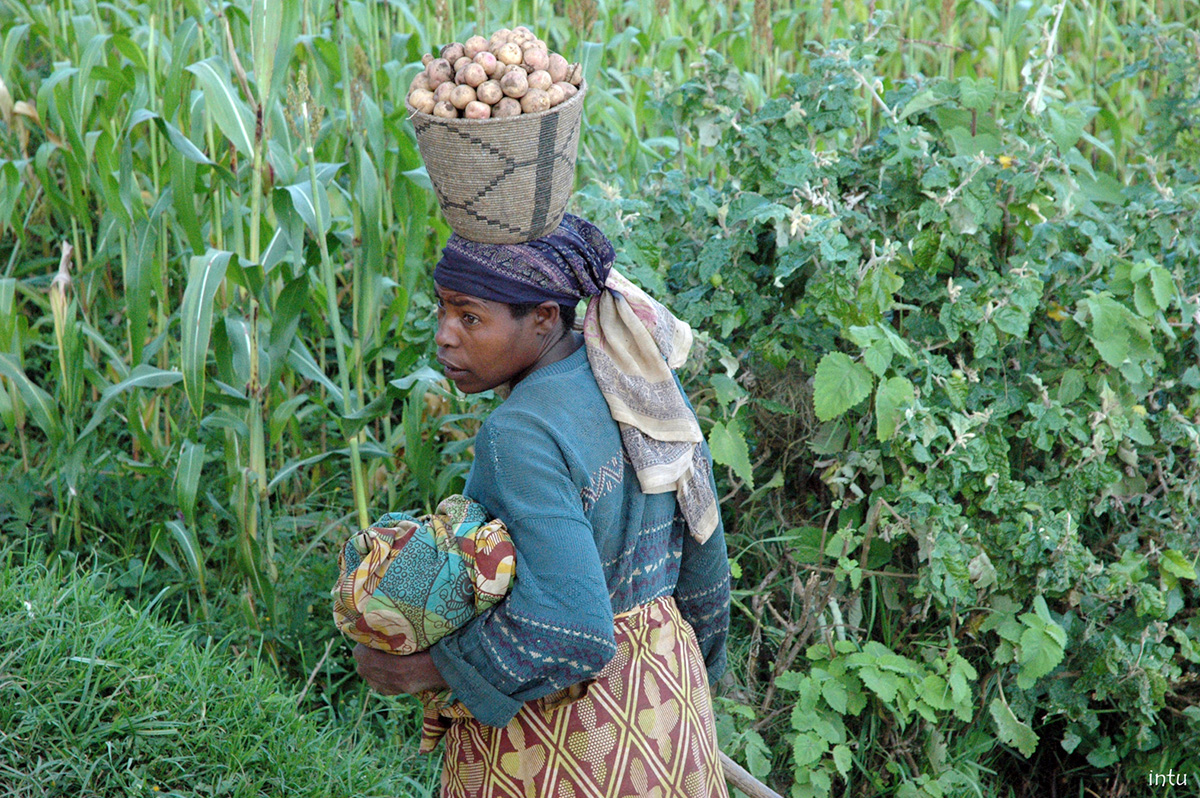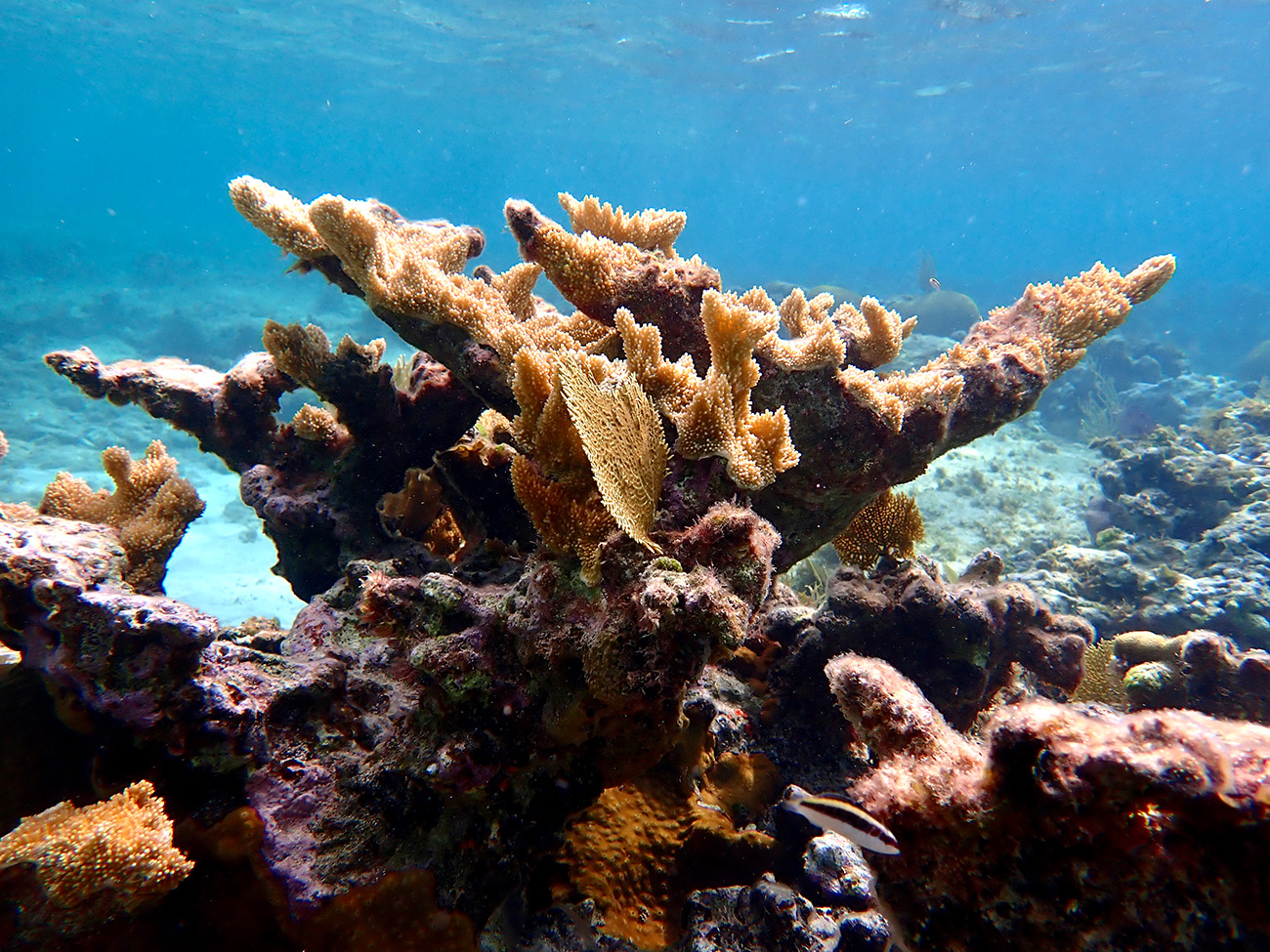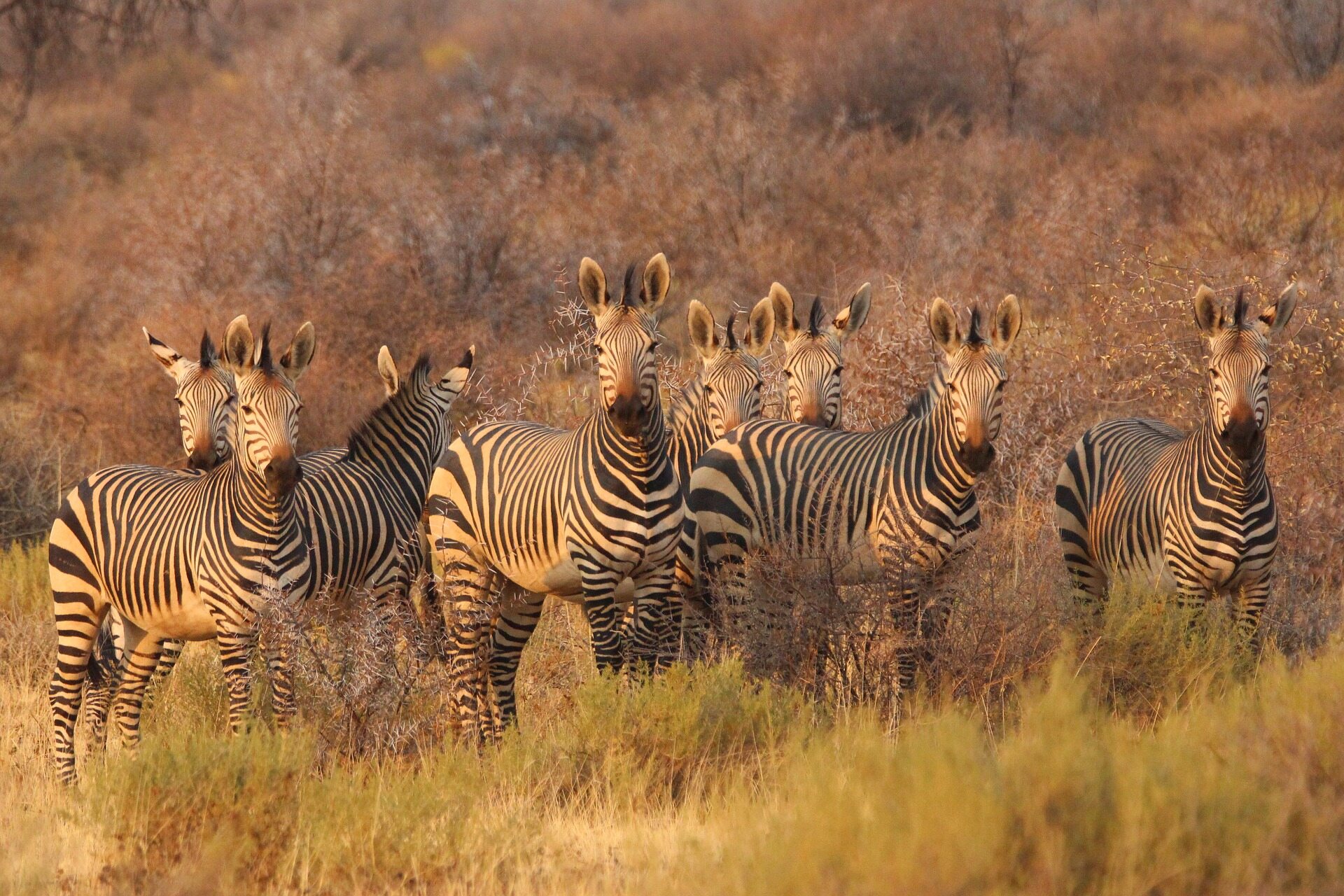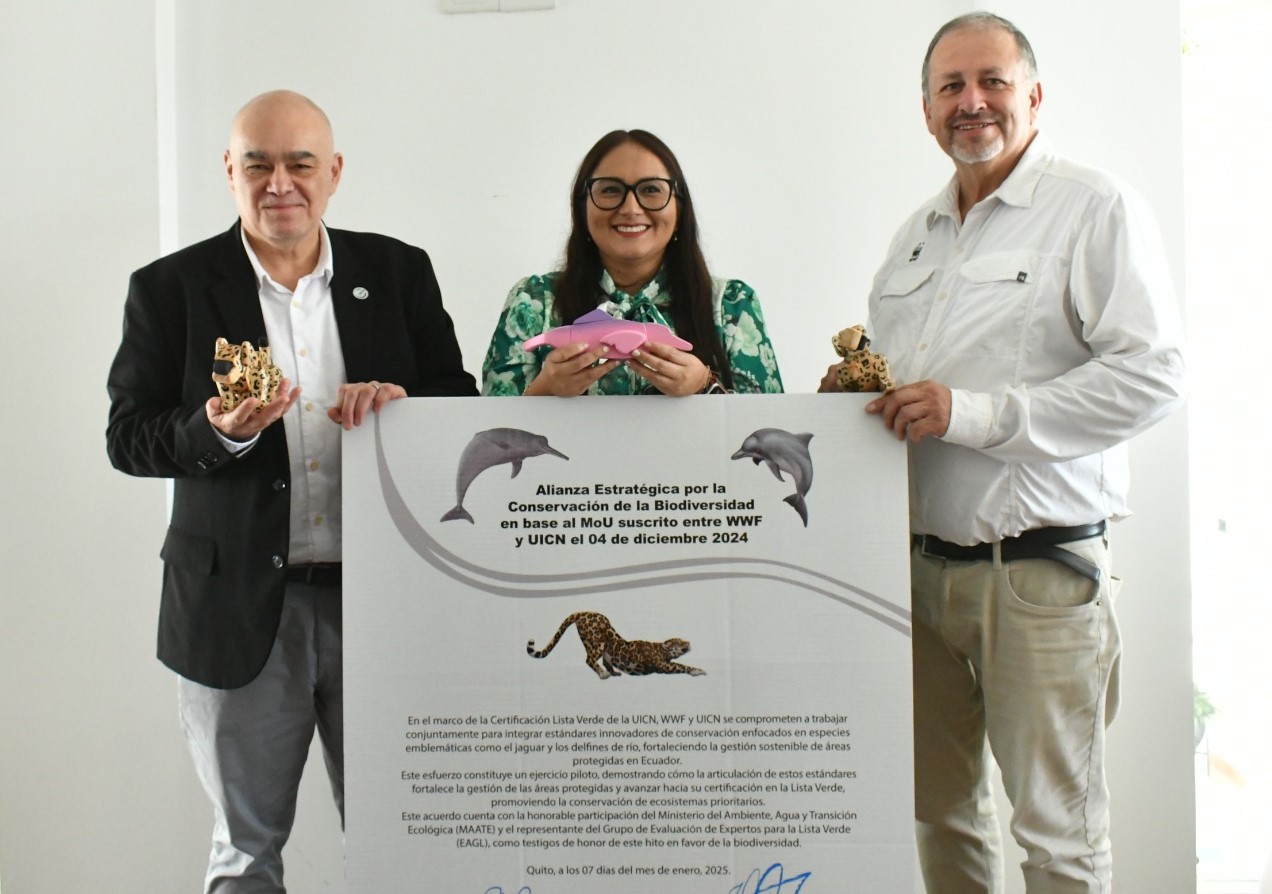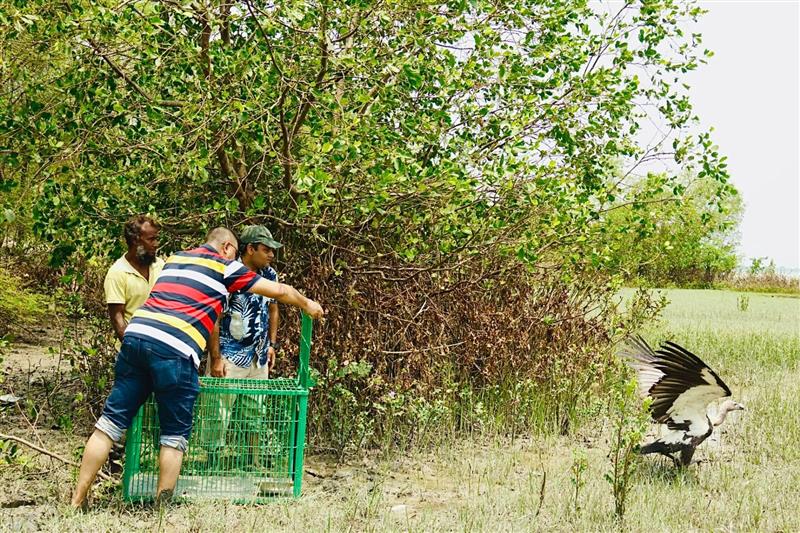On 11 November 2024, Bangladesh launched its first ‘Plant Red List of Bangladesh’. This list includes 1,000 plant species, assessed to create a comprehensive Red List of plants in Bangladesh, following the Guidelines for Using the IUCN Red List Categories and Criteria. This is the result of tremendous efforts of around 100 scientists, academics and four renowned professors who served as lead assessors over the past four years.
Related content
Primary tools and resources
The Scottish genetic scorecard
This scorecard is a flexible tool for assessing the risk or potential risk to genetic diversity of wild species. The scorecard contains a set of questions on distribution, biology, and threats that enable users to score the level of potential genetic threat to a species, in situ and ex situ. The scorecard can therefore be used in situations where direct evidence from genetic analyses is not available. The scorecard can also be used in situations with limited resources, according to capacity, the level of knowledge, and the diversity and scale of the country.
How to use
Details of the scorecard and examples are available at: https://www.nature.scot/doc/scotlands-biodiversity-progress-2020-aichi-targets-conserving-genetic-diversity-development-national
Transboundary conservation : a systematic and integrated approach
Approximately one-third of all terrestrial high-biodiversity sites straddle national land borders, yet few man-made boundaries are fixed, and international boundaries often alter over time or disappear altogether. This publication makes the compelling case for transboundary conservation approaches and promotes an array of innovative methods based on contemporary principles. It has been developed primarily to provide transboundary conservation managers with advice on how to work more effectively and how to address the challenges that are specific to transboundary conservation.
The CBD Programme of Work on Protected Areas
This programme of work contains four interlined, cross-cutting elements and 16 programme goals. It is intended to assist Parties in establishing national programmes of work with targeted goals, actions, specific actors, time frame, inputs and measurable outputs. Parties may select from, adapt, and/or add to the activities suggested in the current programme of work according to national and local conditions and their level of development.
Framework for Ecosystem Restoration Monitoring (FERM)
The FERM framework was developed by FAO to support countries in reporting areas under restoration for Target 2 of the Kunming-Montreal Global Biodiversity Framework. It is the official monitoring platform for tracking global progress and sharing good practice for the UN Decade on Ecosystem Restoration. It includes the FERM Guidance which provides information, a geospatial platform, and a registry of restoration initiatives.
CBD voluntary guidelines on Traditional Knowledge and ILPCs
The UN Convention on Biodiversity has developed sets of detailed guidance on ILK. These include the Tkarihwaié:ri Code of Ethical Conduct to Ensure Respect for the Cultural and Intellectual Heritage of Indigenous and Local Communities Relevant to the Conservation and Sustainable Use of Biological Diversity; the Mo’otz Kuxtal Voluntary Guidelines for the development of mechanisms, legislation or other appropriate initiatives to ensure the “prior and informed consent”; and The Rutzolijirisaxik Voluntary Guidelines for the Repatriation of Traditional Knowledge of Indigenous Peoples and Local Communities Relevant for the Conservation and Sustainable Use of Biological Diversity
IUCN Guidelines for Assessing Species’ Vulnerability to Climate Change
Several methods have been developed for climate change vulnerability assessment (CCVA) of species. There is no single ‘correct’ or established way to carry out CCVA of species and these guidelines aim to assist conservation practitioners to interpret and use the complex and often inconsistent CCVA literature. The guidelines indicate sensible and defensible approaches, in the context of the current state of knowledge and available resources.
The guidelines outline some of the terms commonly used in climate change vulnerability assessment (CCVA) and describe three dominant CCVA approaches, namely correlative (niche-based), mechanistic, and trait-based approaches. Advice is provided on setting clear, measurable objectives and selecting CCVA approaches and appropriate methods. Guidance on using and interpreting CCVA results includes suggestions on data sources and their use, working with knowledge gaps and uncertainty, approaches for use in challenging contexts, and incorporating indirect climate change impacts such as habitat transformation.
It is hoped that the guidelines will promote standardization of CCVA terminology and provide a useful resource for those wishing to carry out CCVA at species, site, or site-network scales.
The guidelines are structured to provide (i) background information on definitions and metrics associated with CCVA; (ii) a discussion on identifying CCVA objectives; (iii) core guidance on selecting and applying appropriate methods; (iv) sections on interpreting and communicating results; (v) using results in IUCN Red List assessments; (vi) ways to address the many sources of uncertainty in CCVAs. A final section explores future directions for CCVAs and research needs. The guidelines also highlight 10 case studies that provide worked examples of CCVAs covering the range of methods described.
SMART monitoring
The SMART platform consists of a set of software and analysis tools designed to help conservationists manage and protect wildlife and wild places. SMART can help standardize and streamline data collection, analysis, and reporting, making it easier for key information to get from the field to decision-makers.
SMART supports a broad range of conservation management activities, including biodiversity conservation, law enforcement, tourism and visitor management, natural resources use, intelligence, and performance and threat level assessments.
Our approach covers three areas: cutting-edge technology, building conservation capacity, and empowering a global network of SMART conservation practitioners. The SMART Approach is supported by a unique, long-term alliance of leading conservation organizations, offering powerful applications in conservation practice to ensure the survival of the Earth’s biodiversity for generations to come.
The Global Platform for Sustainable Cities
This World Bank initiative presents the scientific basis for why and how incorporating biodiversity and nature into urban design is crucial for achieving sustainability and resilience in cities and beyond. The report defines key terms and concepts, explores what urban leaders can do to promote them, and offers practical tools and approaches for incorporating urban nature and biodiversity into decision-making.
Zero Poaching Toolkit
The Zero Poaching Toolkit helps national and state agencies, protected area managers, rangers, and other frontline protection staff in anti-poaching efforts. The toolkit contains resources on assessment, crime prevention strategies, community involvement, technology, capacity, and cooperation. The tools are freely available and well supported by a wide range of organizations including IUCN and many international NGOs. The tools provide the most practical ways to identify and close gaps in protection activities at the field level. The Training Guidelines for Field Rangers is the first of a series of guidelines to provide a standard for training field rangers.
UN Decade on Ecosystem Restoration 2021-2030
The UN Decade on Ecosystem Restoration 2021-2030 is a global call to action, drawing together political support, scientific research, and finance to massively scale up restoration of terrestrial, coastal, and marine ecosystems. It is led by the United Nations Environment Programme (UNEP) and the Food and Agriculture Organization of the United Nations (FAO), working with other partners. The website contains a, social media cards, sample messaging, and an animated visual identity designed for users to use or modify according to their needs.
How to use
To obtain information: https://www.decadeonrestoration.org/charting-course-global-restoration
To contribute to the UN Decade: https://www.decadeonrestoration.org/join-movement
The Species Conservation Toolkit Initiative (SCTI)
SCTI is a partnership initiative between several NGOs and ex situ organizations to ensure that new innovations and tools needed for species risk assessment, conservation planning, and population management are developed, globally available, and used effectively. SCTI combines expertise in population biology, computer programming, and planning to build modelling tools essential to guide conservation actions for threatened species in the wild, to facilitate the intensive management of species in ex situ programmes, and to integrate conservation efforts across all types of management approaches.
The Wiki CITES Identification Manual
This new tool has been developed by the CITES Secretariat and the United Nations Environment Programme-World Conservation Monitoring Centre (UNEP-WCMC) to support CITES Management and Scientific Authorities, Customs officials, and all others involved in implementing and enforcing CITES. It contains six volumes: Mammals, Birds, Reptiles-Amphibians-Fish-Invertebrates, Plants, and Parts and Derivatives (2 volumes).
In addition, over 4000 identification resources are available in different formats.
UNESCO Man and the Biosphere (MAB) programme
UNESCO Man and the Biosphere (MAB) is an intergovernmental programme that aims to establish a scientific basis for enhancing the relationship between people and their environments. The World Network of Biosphere Reserves is an interactive network of sites of excellence that foster harmony between people and nature for sustainable development, respect for cultural values, and society’s ability to cope with change. There are 748 biosphere reserves in 134 countries, including 23 transboundary sites. Sites can be proposed by all Member States and Associate Members of UNESCO. Biosphere reserves are nominated by national governments and designated under the intergovernmental MAB Programme following the decisions of the MAB International Coordinating Council.
How to use
To obtain further information on the MAB programme and existing MAB sites, or to download the Requirements and Nomination forms, visit: https://en.unesco.org/biosphere
Open Standards for the Practice of Conservation
The Open Standards for the Practice of Conservation, or Conservation Standards (CS) for short, are a set of principles and practices that bring together common concepts, approaches, and terminology for conservation project design, management, and monitoring. They were developed by the Conservation Measures Partnership (CMP), have been widely adopted, and are updated regularly in collaboration with the wider conservation community. The Conservation Standards are open-source (Creative Commons license) and can be shared, used, and adapted as users wish to fit their context.
The Standards describe ideal practices for doing effective conservation work, using a mutually defined vocabulary and focus on a rigorous approach to project management. Recognising that adequate resources are lacking, a draft “Cookbook” for Lighter Approaches to the Conservation Standards and a supporting video are also provided.
IUCN Standard on Indigenous Peoples
The Standard represents IUCN’s policy objectives with respect to indigenous peoples. It contains eight policy objectives for projects undertaken or supported by IUCN to support indigenous peoples and promote their role in conservation and management of sustainable resources.
The purpose of this Standard is to ensure that IUCN projects anticipate and avoid negative impacts on indigenous peoples or to minimise and/or compensate for impacts; take all rights and needs of indigenous peoples fully into account in project planning and implementation; and ensure that their customs, cultural and spiritual values, and perspectives on the environment are included.
Guidelines for the application of IUCN Red List of Ecosystems categories and criteria
The IUCN Red List of Ecosystems is a global framework for monitoring the status of ecosystems. It is part of the growing toolbox for assessing risks to biodiversity and aims to support conservation, resource use, and management decisions by identifying ecosystems most at risk of biodiversity loss. The basis of the IUCN Red List of Ecosystems is the IUCN Red List of Ecosystems Categories and Criteria, a set of eight categories and five criteria that provide a consistent method for assessing the risk of ecosystem collapse. These Guidelines assist correct implementation of the IUCN Red List of Ecosystems Categories and Criteria by providing information on the development of the protocol and a detailed overview of the scientific foundations supporting the categories and criteria.
IUCN Guidelines on the Use of Ex Situ Management for Species Conservation
As habitats and ecosystems become increasingly altered and populations evermore impacted by human activities, a growing number of species will require some form of management of both individuals and populations to ensure their survival. Ex situ management is one possible option that can contribute to the conservation of threatened species. The aim of these guidelines is to provide practical guidance on evaluating the suitability and requirements of an ex situ component for achieving species conservation objectives.
Biological Diversity Protocol
The Biological Diversity Protocol (BD Protocol) provides companies with a standardised accounting and reporting framework to consolidate their biodiversity impact data across value chains and jurisdictions. The BD Protocol assists companies to develop their biodiversity impact inventory and the associated Statements of Biodiversity Position and Performance from site or project management to disclosure.
The BD Protocol is an output of the Biodiversity Disclosure Project (BDP), an effort spearheaded by the National Biodiversity and Business Network (NBBN) of South Africa and managed by the Endangered Wildlife Trust (EWT), in collaboration with a wide range of stakeholders. The BD Protocol aims to support existing impact measurement approaches so that biodiversity impact disclosure becomes comparable across industries and companies.
SANBI Mapping Biodiversity Priorities
This guide to practical, science-based approach to national biodiversity assessment and prioritisation has been produced by the South African National Biodiversity Institute (SANBI) and the UNEP World Conservation Monitoring Centre. The approach is based on the principles of Systematic Conservation Planning and is augmented by 10 operating principles. It sets out a practical, science-based approach to spatial biodiversity assessment and prioritisation and forms an excellent starting point to inform national spatial planning exercises, including detailed advice for low resource situations.
International policy framework for blue carbon ecosystems
Coastal blue carbon ecosystems, including mangroves, seagrasses and tidal marshes, are some of the most carbon-rich ecosystems on Earth, and are vital to mitigating the impacts of climate change. They are also critical for coastal biodiversity, food security, livelihoods and human well-being, in addition to climate adaptation – protecting millions of people globally from the impacts of storms, coastal flooding and erosion. However, these ecosystems are threatened – half of global mangrove forests have already been lost – and once these ecosystems are degraded or destroyed, their carbon stores are released as carbon dioxide, contributing to climate change. This policy framework, developed by Conservation International and IUCN, provides an overview of the intersections and opportunities for blue carbon ecosystem conservation and restoration in the relevant international policy processes.
Important Plant Areas (IPAs)
IPAs are key sites for exceptional botanical richness. They are identified using three criteria: threatened species, botanical richness (including socially, economically, and culturally valuable plants), and threatened habitats. IPAs contribute to implementing the Global Biodiversity Framework and are a component of National Biodiversity Strategies and Action Plans.
Important Shark and Ray Areas (ISRA)
ISRAs have been developed by the IUCN Species Survival Commission Shark Specialist Group to ensure that discrete portions of habitats critical to shark species are delineated and used in site-based conservation and management initiatives in global waters. ISRAs are identified through the application of four criteria, incorporating seven sub-criteria. The Criteria provide an objective framework for identifying areas crucial for the persistence of sharks and rays and, where required, their recovery.
Darwin Initiative
The Darwin Initiative is a UK government grants scheme that helps conserve biodiversity and support the communities that live alongside it through locally led projects worldwide. It is one of the Biodiversity Challenge Funds (BCFs) – the collective name for three of the UK Government’s competitive grants that also includes the Illegal Wildlife Trade Challenge Fund and Darwin Plus, aimed at conserving biodiversity and safeguarding the environment for local people.
Successful Darwin Initiative projects are likely to include:
- delivering outputs that will achieve both biodiversity conservation and multidimensional poverty reduction
- demonstrated an understanding of GESI within their context, and effectively reflected this in their approach to deliver sustained outcomes
- enhancing the capability and capacity of national and local partners and stakeholders, to help ensure a project’s long-term legacy
- strengthening, promotion and use of evidence to inform and scale the action
- the implementation of a novel or significantly improved approach
- scalable approaches that have the potential to deliver greater impact
Since 1993, the Darwin Initiative has awarded over £230m to more than 1,275 projects across 159 countries.


